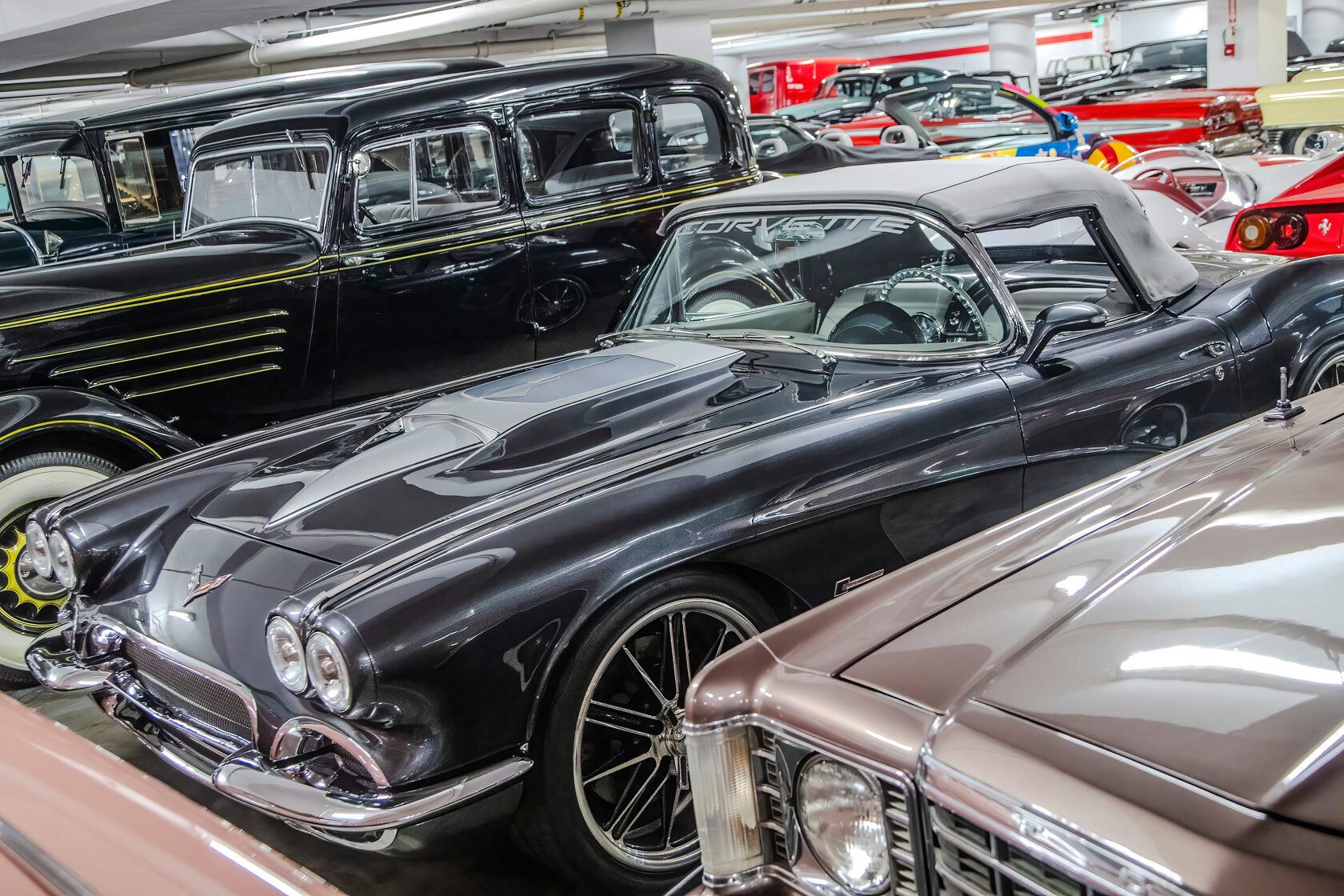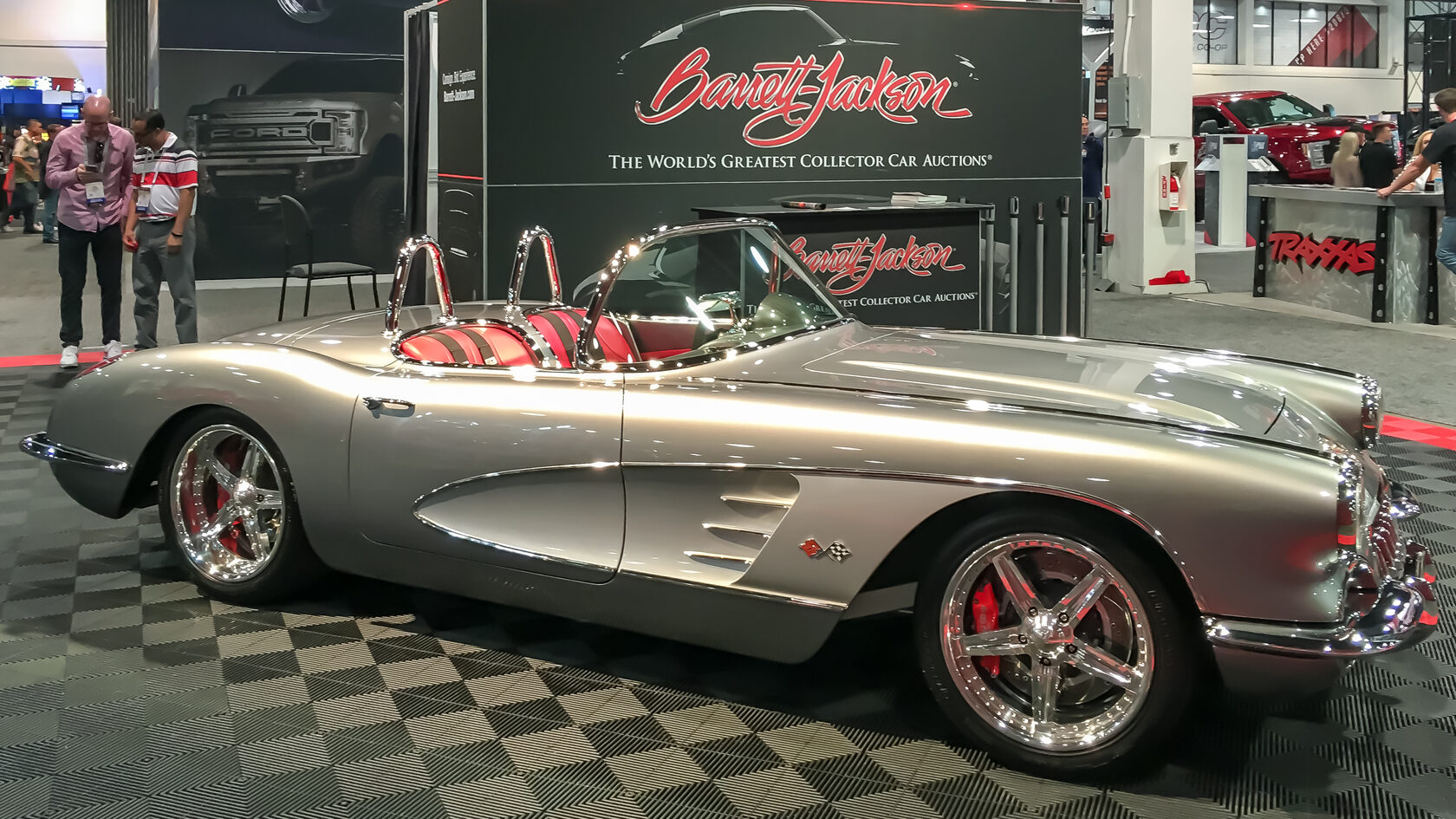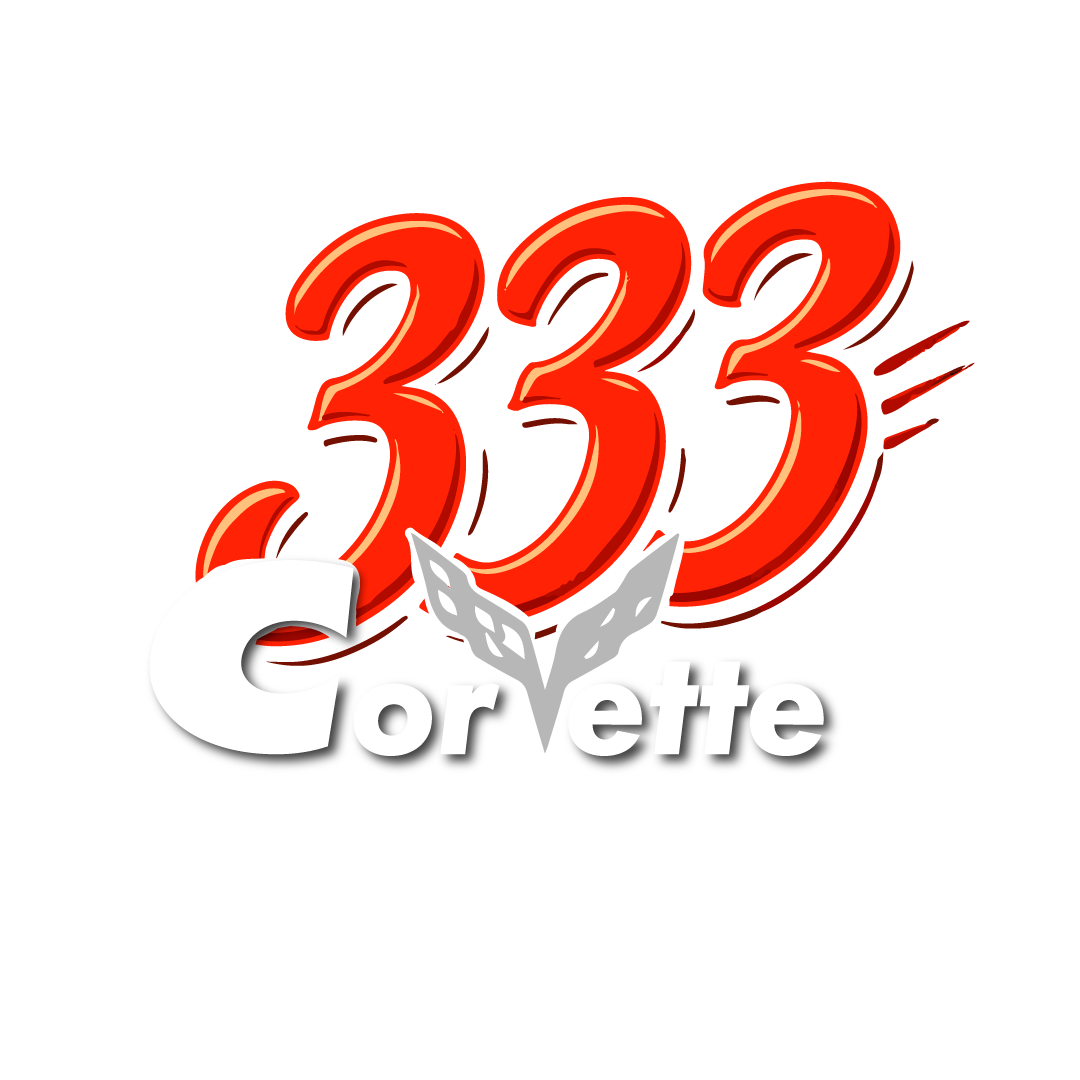In the realm of American automotive legends, few names stir the soul like the Corvette. Born in 1953 and constantly evolving through eight distinct generations, the Corvette has transcended its role as a mere car—becoming a symbol of American ingenuity, performance, and style. But what happens when decades of aging catch up with a classic, and originality starts to show its wear? That’s where the restomod comes in.
A fusion of restoration and modernization, the restomod is the answer for those who want the best of both worlds: vintage style wrapped around modern performance, reliability, and comfort. Among all classic American cars, the Corvette—especially models from the C1 to C3 generations—has become a prime candidate for restomod builds. Here’s how enthusiasts, builders, and collectors are giving new life to aging icons.
A fusion of restoration and modernization, the restomod is the answer for those who want the best of both worlds: vintage style wrapped around modern performance, reliability, and comfort. Among all classic American cars, the Corvette—especially models from the C1 to C3 generations—has become a prime candidate for restomod builds. Here’s how enthusiasts, builders, and collectors are giving new life to aging icons.

What Is a Restomod?
A restomod is not just a restored car—it’s a reimagined one. Instead of returning a vehicle to its exact factory specifications, restomodding allows for updates to suspension, brakes, drivetrain, interior tech, and even body materials. The result is a classic-looking machine that drives like a modern car.
While purists may turn their nose up at anything not original, restomods offer undeniable benefits: improved safety, greater reliability, and a driving experience that aligns with today’s expectations.
Why the Corvette?
There are countless reasons why the Corvette is such a popular restomod platform. First, it’s iconic. From the chrome-heavy elegance of the early C1 models to the shark-like aggression of the C3 Stingray, every Corvette generation carries a strong visual identity. Second, it has a racing pedigree and a reputation for performance. Owners often want their classic ‘Vette to feel as fast and agile as it looks. Finally, parts availability is high, and the aftermarket is thriving—meaning that restomod builders have endless options at their disposal.
A restomod is not just a restored car—it’s a reimagined one. Instead of returning a vehicle to its exact factory specifications, restomodding allows for updates to suspension, brakes, drivetrain, interior tech, and even body materials. The result is a classic-looking machine that drives like a modern car.
While purists may turn their nose up at anything not original, restomods offer undeniable benefits: improved safety, greater reliability, and a driving experience that aligns with today’s expectations.
Why the Corvette?
There are countless reasons why the Corvette is such a popular restomod platform. First, it’s iconic. From the chrome-heavy elegance of the early C1 models to the shark-like aggression of the C3 Stingray, every Corvette generation carries a strong visual identity. Second, it has a racing pedigree and a reputation for performance. Owners often want their classic ‘Vette to feel as fast and agile as it looks. Finally, parts availability is high, and the aftermarket is thriving—meaning that restomod builders have endless options at their disposal.

Choosing the Right Base: C1 to C3
While any Corvette can be restomodded, most projects focus on the first three generations (1953–1982). The C1 offers beautiful lines and rarity, but its small frame and outdated suspension make modernizing it a challenge. The C2 (1963–1967) is considered the holy grail for collectors, especially the split-window ’63, and blending modern tech into its sculpted body is both art and science. The C3, with its affordability and abundance, is the most common restomod platform. Its long hood, swooping curves, and fiberglass body lend themselves well to customization.
Powering the Dream: Modern Drivetrains
One of the most transformative changes in a restomod Corvette is under the hood. Original small-block V8s are often swapped for modern LS or LT engines—producing more horsepower, better fuel efficiency, and greater reliability. A classic 327 might make 300 horsepower, but a crate LS3 can push 430+ with ease. Add a modern transmission (like a 6-speed manual or 8-speed automatic), and suddenly your 60s-era coupe drives like a 2025 sports car.
And it’s not just about speed. Electronic fuel injection replaces carburetors, coilover suspensions replace leaf springs, and anti-lock disc brakes ensure you can stop as quickly as you go.
While any Corvette can be restomodded, most projects focus on the first three generations (1953–1982). The C1 offers beautiful lines and rarity, but its small frame and outdated suspension make modernizing it a challenge. The C2 (1963–1967) is considered the holy grail for collectors, especially the split-window ’63, and blending modern tech into its sculpted body is both art and science. The C3, with its affordability and abundance, is the most common restomod platform. Its long hood, swooping curves, and fiberglass body lend themselves well to customization.
Powering the Dream: Modern Drivetrains
One of the most transformative changes in a restomod Corvette is under the hood. Original small-block V8s are often swapped for modern LS or LT engines—producing more horsepower, better fuel efficiency, and greater reliability. A classic 327 might make 300 horsepower, but a crate LS3 can push 430+ with ease. Add a modern transmission (like a 6-speed manual or 8-speed automatic), and suddenly your 60s-era coupe drives like a 2025 sports car.
And it’s not just about speed. Electronic fuel injection replaces carburetors, coilover suspensions replace leaf springs, and anti-lock disc brakes ensure you can stop as quickly as you go.

Interiors: Comfort Meets Heritage
Inside the cabin, restomodders walk a fine line between nostalgia and innovation. Classic interiors are preserved in form but often updated in function. Vintage-style gauges may now house digital readouts. Leather upholstery gets a refresh, and sound systems feature Bluetooth and hidden subwoofers. Climate control, backup cameras, push-start ignitions—these modern conveniences make daily driving possible without losing the charm of a chrome-accented dash or a two-spoke steering wheel.
Body and Paint: Fiberglass Reimagined
The Corvette’s fiberglass body makes it ideal for customization. Restomod builders might widen the fenders, add carbon fiber components, or smooth out factory lines for a sleeker silhouette. Paint jobs often blend vintage colors with modern metallic finishes or matte coats. LED lighting can discreetly replace old sealed-beam units while preserving the retro look.
Restomod vs. Original: The Eternal Debate
There’s an ongoing debate in the collector world: Is it better to preserve originality or embrace evolution? A numbers-matching C2 Stingray in pristine condition is a rare gem, but a fully restomodded version offers a different kind of thrill. One isn’t inherently better than the other—it depends on your goals. Purists value historical authenticity, while drivers crave usability and performance. Some restomods even command higher auction prices than original cars, especially when the work is done by a known builder.
Cost and Complexity
Restomodding isn’t cheap. A basic restomod may start at $80,000, while high-end builds can easily reach $200,000 or more—especially when using premium drivetrains, bespoke interiors, and custom fabrication. The process is time-intensive, often taking a year or more, and requires expert craftsmanship. But for many, the result is priceless: a one-of-a-kind machine that blends soul and speed, heritage and hardware.
Inside the cabin, restomodders walk a fine line between nostalgia and innovation. Classic interiors are preserved in form but often updated in function. Vintage-style gauges may now house digital readouts. Leather upholstery gets a refresh, and sound systems feature Bluetooth and hidden subwoofers. Climate control, backup cameras, push-start ignitions—these modern conveniences make daily driving possible without losing the charm of a chrome-accented dash or a two-spoke steering wheel.
Body and Paint: Fiberglass Reimagined
The Corvette’s fiberglass body makes it ideal for customization. Restomod builders might widen the fenders, add carbon fiber components, or smooth out factory lines for a sleeker silhouette. Paint jobs often blend vintage colors with modern metallic finishes or matte coats. LED lighting can discreetly replace old sealed-beam units while preserving the retro look.
Restomod vs. Original: The Eternal Debate
There’s an ongoing debate in the collector world: Is it better to preserve originality or embrace evolution? A numbers-matching C2 Stingray in pristine condition is a rare gem, but a fully restomodded version offers a different kind of thrill. One isn’t inherently better than the other—it depends on your goals. Purists value historical authenticity, while drivers crave usability and performance. Some restomods even command higher auction prices than original cars, especially when the work is done by a known builder.
Cost and Complexity
Restomodding isn’t cheap. A basic restomod may start at $80,000, while high-end builds can easily reach $200,000 or more—especially when using premium drivetrains, bespoke interiors, and custom fabrication. The process is time-intensive, often taking a year or more, and requires expert craftsmanship. But for many, the result is priceless: a one-of-a-kind machine that blends soul and speed, heritage and hardware.

Cultural Impact and Future Trends
Restomodded Corvettes are more than just cars—they’re rolling art pieces and time machines. They’ve gained popularity at shows like SEMA and Barrett-Jackson, and high-profile celebrities from Kevin Hart to Jay Leno have shown off their own restomod collections. The movement also reflects a broader cultural shift: a desire to preserve the past without sacrificing the future.
As EV technology progresses, the next wave of Corvette restomods may involve electric drivetrains—blending silent torque with classic style. It's a controversial but intriguing frontier.
Restomodding a Corvette is more than a build—it’s a philosophy. It’s about honoring the past while embracing the possibilities of the present. Whether you’re updating a ’59 convertible or reimagining a ’72 Stingray, the goal is the same: to create a machine that turns heads and quickens pulses. In a world where cookie-cutter cars dominate the streets, a restomod Corvette is a statement—powerful, personal, and proudly unapologetic.
Restomodded Corvettes are more than just cars—they’re rolling art pieces and time machines. They’ve gained popularity at shows like SEMA and Barrett-Jackson, and high-profile celebrities from Kevin Hart to Jay Leno have shown off their own restomod collections. The movement also reflects a broader cultural shift: a desire to preserve the past without sacrificing the future.
As EV technology progresses, the next wave of Corvette restomods may involve electric drivetrains—blending silent torque with classic style. It's a controversial but intriguing frontier.
Restomodding a Corvette is more than a build—it’s a philosophy. It’s about honoring the past while embracing the possibilities of the present. Whether you’re updating a ’59 convertible or reimagining a ’72 Stingray, the goal is the same: to create a machine that turns heads and quickens pulses. In a world where cookie-cutter cars dominate the streets, a restomod Corvette is a statement—powerful, personal, and proudly unapologetic.





